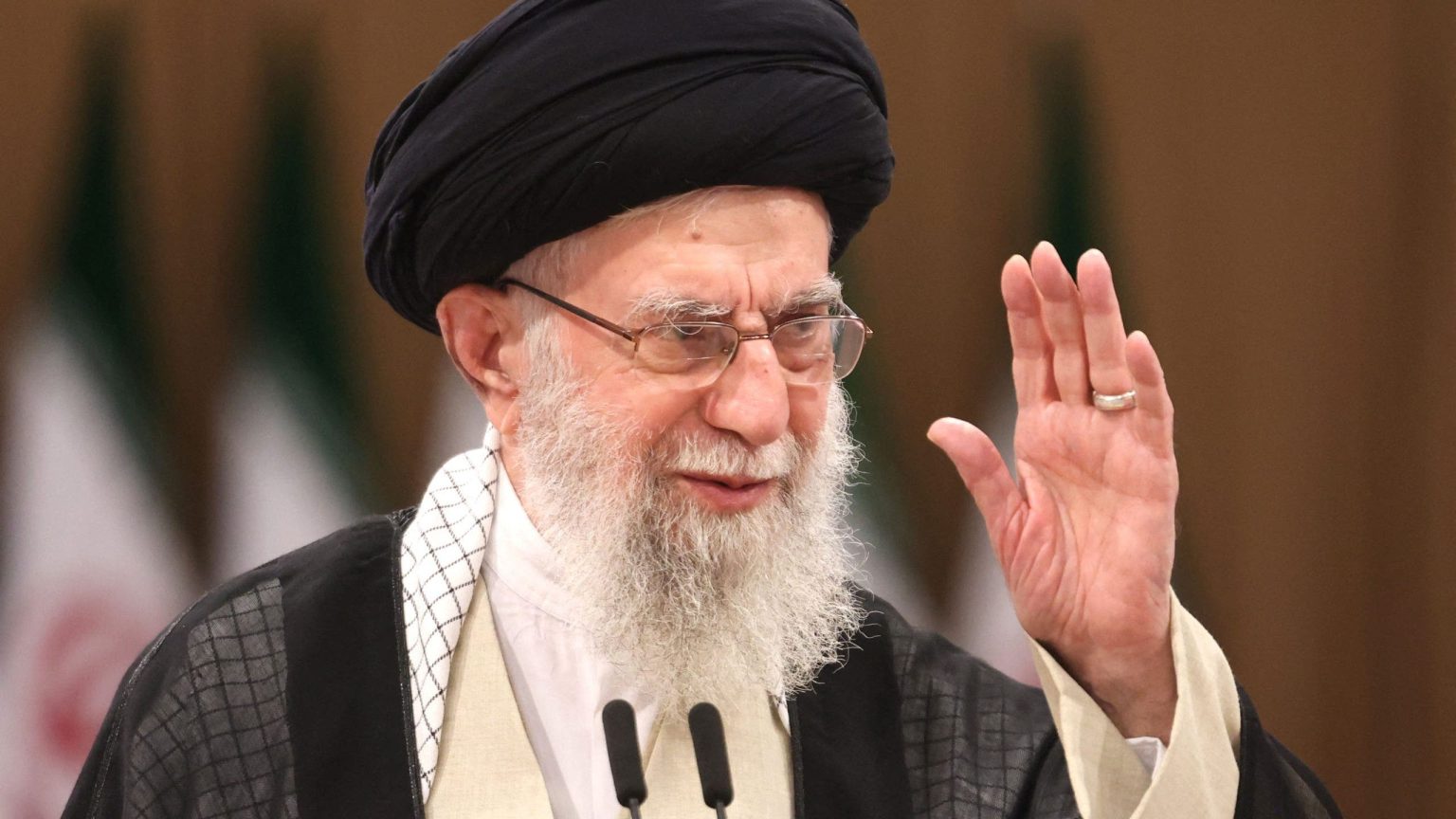The year brought a cascade of setbacks for the Iranian regime, significantly weakening its influence across the Middle East and destabilizing its domestic standing. The so-called “Axis of Resistance,” a network of Iranian-backed proxies and allies, suffered major blows in Gaza, Lebanon, and Syria, undermining Iran’s regional ambitions and exposing its vulnerabilities. These events, coupled with economic turmoil and the resurgence of a political adversary in the United States, paint a picture of a regime struggling to maintain its grip on power and influence.
The year began with a failed attempt by Iran to retaliate against Israel for an alleged bombing of its embassy in Syria. While Iran launched a barrage of missiles and drones, the coordinated defense efforts of Israel, the US, Jordan, and Saudi Arabia effectively neutralized the attack, showcasing Iran’s limited military capabilities against a technologically superior adversary and highlighting the growing regional alliance against its activities. This failure exposed the limitations of Iran’s military strategy and served as an early indicator of the challenges that lay ahead.
The regime faced further challenges with the unexpected death of President Ebrahim Raisi in a helicopter crash. While officially attributed to dense fog, the incident removed a key figure in the Iranian leadership and a potential successor to Supreme Leader Khameini. This created a power vacuum within the regime and added to the sense of instability surrounding the Iranian government. The loss of a prominent leader not only disrupted the regime’s succession plans but also potentially fueled internal power struggles.
Iran’s misfortunes continued with the assassination of Hamas commander Ismail Haniyeh during a visit to Tehran. The brazen operation, attributed to Israel, demonstrated the vulnerability of Iran’s security apparatus and highlighted the deep penetration of Israeli intelligence within its borders. This incident underscored the risks associated with Iran’s close ties to militant groups like Hamas and exposed the regime’s inability to protect its allies, even within its own territory. The assassination of Haniyeh further weakened Iran’s influence within Hamas and disrupted its ability to exert control over the Palestinian militant group.
The escalating conflict with Israel saw further losses for Iran’s proxies. The killing of Hamas leader Yahya Sinwar, the architect of the October 7 attacks on Israel, dealt another significant blow to the organization, depleting its leadership ranks and undermining its operational capabilities. These losses significantly diminished Hamas’s threat to Israel, a key objective of Iranian support for the group. The weakening of Hamas represented a strategic setback for Iran and further eroded its influence in the region.
The re-election of Donald Trump as US President marked another significant setback for the Iranian regime. The Iranian rial plummeted to historic lows, reflecting fears of a return to the “maximum pressure” campaign that had crippled the Iranian economy during Trump’s first term. This economic turmoil further destabilized the regime and exacerbated existing social and political tensions within Iran. The prospect of renewed sanctions and diplomatic isolation added to the regime’s challenges and increased pressure on its already strained resources.
The culmination of these setbacks arrived with the fall of Syrian President Bashar al-Assad, a key Iranian ally. The capture of Damascus by Syrian rebels, coupled with the retreat of Iranian forces, marked a significant loss for Iran’s regional influence. The loss of Syria as a key supply route to Hezbollah further weakened Iran’s ability to project power in the region and support its proxies in Lebanon. The rise of a Sunni-led government in Syria, hostile to Iran’s Shia regime, further isolated Iran and diminished its standing in the Middle East. This cascade of events signifies a turning point in the region, potentially reshaping the geopolitical landscape and challenging Iran’s long-standing ambitions for regional dominance.

